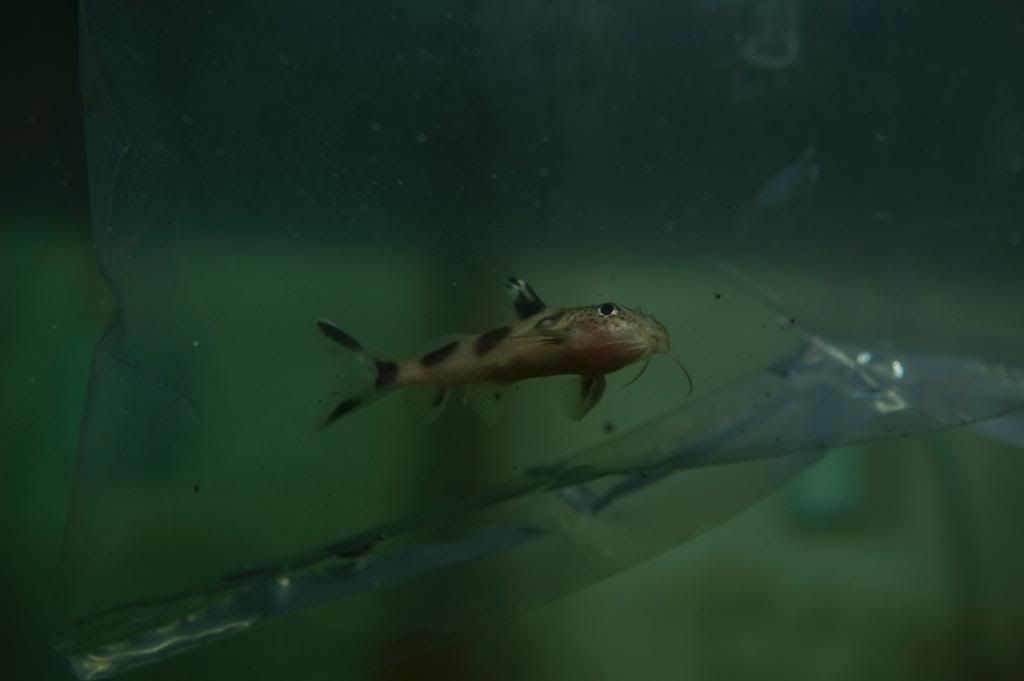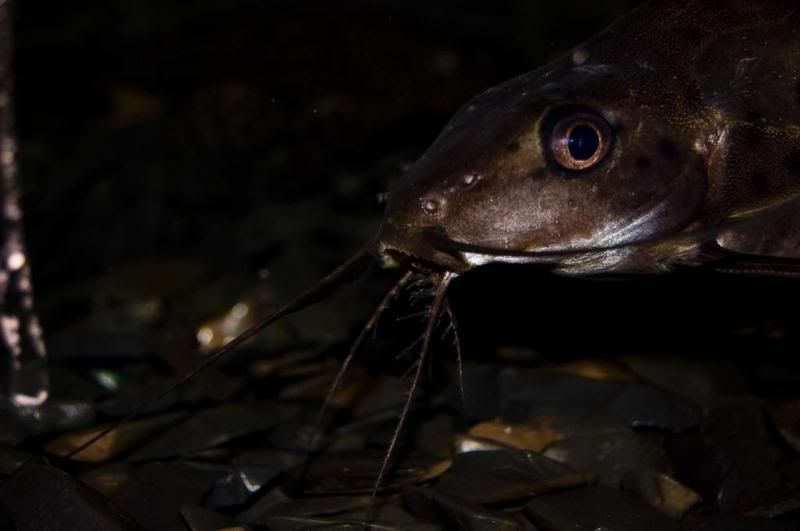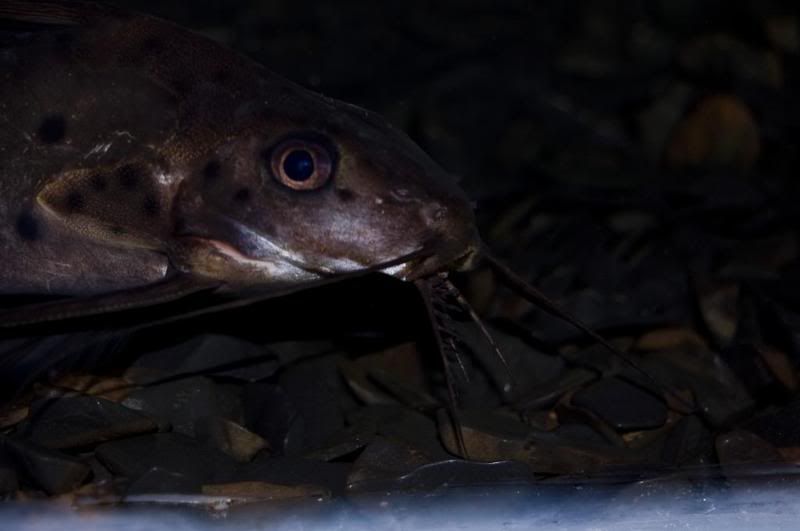

and a few of my old syno ocellifers






I agree - not that I'm a specialist at spotting hybrid synos, but they don't look right.Richard B wrote:Those Syno decorus look like hybrids....
Same with ocellifer, too large membrane at outer barbels and ramification of inner barbels does not fit for ocellifer.Richard B wrote:Those Syno decorus look like hybrids....
they are still too very small to be said for sure that they are hybrids, doesn't the dorsal ray grow longer after they reach 3"+Richard B wrote:Those Syno decorus look like hybrids....
the ocells are hybrids as i got them as some jaguar cats or somethingjippo wrote:Same with ocellifer, too large membrane at outer barbels and ramification of inner barbels does not fit for ocellifer.
paid some where around 15 us$Scleropages wrote:I hope you didn't pay a lot for them.
That is indeed true, but even tiny ones have a striped caudal and dorsal fin, which your fish lacks. Also, most wild-caught S. decora are usually larger than 3", and whilst there may be someone breeding S. decora with hormones, the captive bred fish are likely to be hybrids.headbanger_jib wrote:they are still too very small to be said for sure that they are hybrids, doesn't the dorsal ray grow longer after they reach 3"+Richard B wrote:Those Syno decorus look like hybrids....
i was under impression that they would get the stripes as they would grow largerMatsP wrote: That is indeed true, but even tiny ones have a striped caudal and dorsal fin, which your fish lacks. Also, most wild-caught S. decora are usually larger than 3", and whilst there may be someone breeding S. decora with hormones, the captive bred fish are likely to be hybrids.
I'm pretty sure this is a hybrid.
--
Mats

yeahMatsP wrote:I'm pretty sure that the striped tail and dorsal is clearly visible at 3", yes. And being captive bred makes it more likely simply because these fish are rarely bred in captivity OTHER than as hybrids.
There are many theories as to why they are producing hybrids rather than just producing the same species. Some theories:All of the above theories make some sense, and all improve the profit for the company that does this work.
- The true species produces less eggs, so using a female that produces a lot of eggs would help productivity (e.g. S. euptera).
- It's cheaper to only ONE expensive fish, and cross it with something much easier to get hold of (e.g. S. euptera).
- The hybrid species grows quicker and is more easy to grow out - particularly if one parent is an already fast growing species.
Edit: Supporting evidential picture - not much in the way of dorsal extension, but very clearly striped tail. Photo by Jools, fish from Pier Aquatics:
--
Mats